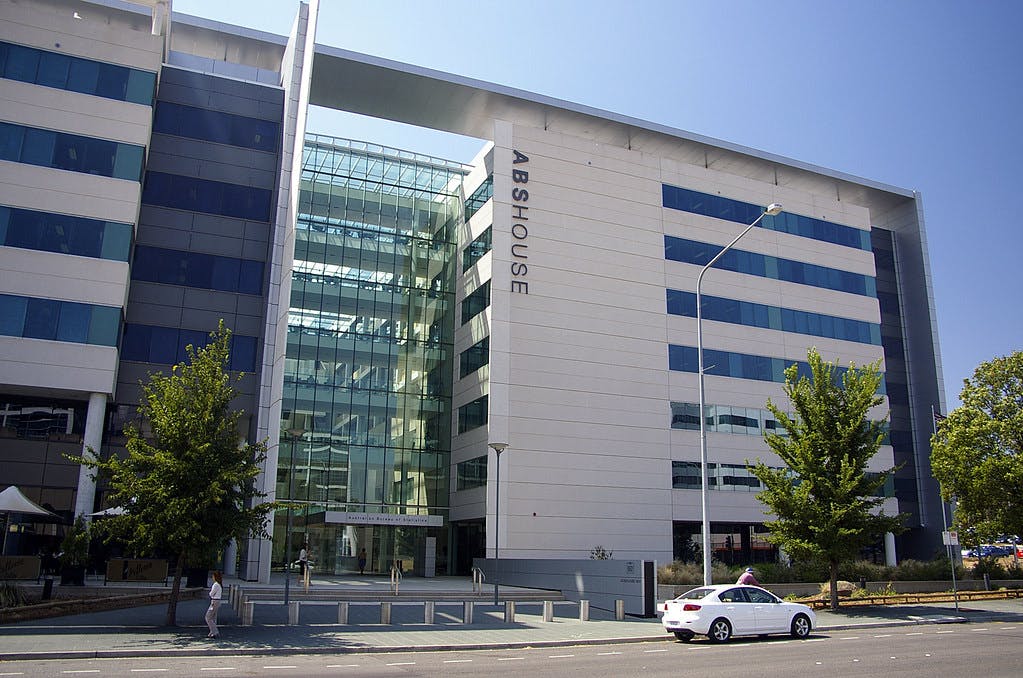Quarterly Business Indicators, released yesterday by the Australian Bureau of Statistics (ABS), show that in the September quarter, total company profits rose by four per cent compared to the June quarter.
The Quarterly Business Indicators provide a three-month snapshot of private sector sales, wages, profits, and inventories.
The ABS suggests that in light of falling wages and turnover slowing the September quarter, company profits have been boosted by $10 billion in ongoing government support.
Profits boosted
Companies across Australia experienced a COVID-defining recovery that saw gross profits grow by four per cent, more than double the market expectation.
ANZ senior economist Felicity Emmett said, “Company profits rose solidly, supported by assistance from both state and federal governments, as well as higher commodity prices.”
However, the sector-wide data hides significant discrepancies between industries.
Despite more than half the population being in lockdowns during the three months to September 30th, profits in the construction sector grew by 20 per cent and 17.2 per cent in professional services.
As is expected, the sectors most impacted by lockdowns took the greatest losses, including transport and warehousing, where profits fell by 12.7 per cent. Profits in accommodation and hospitality fell by 12.5 per cent.
Inventory drops
The ABS data indicates that inventories fell by 1.9 per cent in the September quarter of this year. Sales of goods and services fell by 0.8 per cent in manufacturing and by 5.9 per cent in wholesale trade.
Westpac economist Andrew Hanlan said, “Lockdowns represent a significant shock. In this environment, a run-down of inventories alongside a decline in sales is the norm.”
The slowdown of inventory turnover is expected to erase 0.7 percentage points off Australia’s GDP. Total inventories were down $3.25 billion in dollar terms, led by wholesale, down $2.8 billion.
The slowing turnover reveals that Australians are spending less money in the economy than expected. The data point shows that while profits have improved, the road to economic recovery will be a long one.
Wages fall
Wages and salaries fell 0.8 per cent between the June and September quarter.
Wage weakness was more industry-specific than was reported during last year’s lockdown. Eleven of 17 industries recorded declines in July to September this year compared with 16 of 17 through April to June 2020.
While most industries reported a fall in wages, those heavily impacted by COVID restrictions such as arts/recreation and accommodation/food services experienced the largest drop.
When looking at this year as a whole, wages grew by 4.7 per cent compared to 2020. Observing data from the same period, 2019- 2020, where wages grew by just 0.4 per cent year on year, indicates the economic threat of COVID is waning as Australia learns to live with the virus.
Inflation
At the same time as wages fell, data from the Reserve Bank of Australia (RBA) shows that inflationary pressure has fallen between the June and September quarter.
The consumer price index (CPI), which measures the price of goods and services, fell from 3.8 per cent growth in the June quarter to a 3 per cent growth in the September quarter. The drop demonstrates that despite the widely reported labour crisis, price pressure on wages remains weak.
Despite recent price surges in products such as petrol which rose on average 4.2c last week, slow wage growth means that underlying inflation, which currently sits at 2.1 per cent, is likely to remain low.
Read more: U.S. experiences post-pandemic inflation: Will Australia follow?
Read more: Economic downturns: How SMEs can survive
Keep up to date with our stories on LinkedIn, Twitter, Facebook and Instagram.

